It was in the rose-tinted glint of the 1980s that I learned about the birds and bees from TV Agony Aunt Claire Rayner.
Not from her directly of course, but, in a book she wrote for children.
A book about their bodies, how they’d change as they got older and finally where babies came from.
I distinctly remember being allowed to read a new chapter on each birthday.
It was all perfectly aligned for me to have age-appropriate knowledge.
And it was all blown part when a P4 girl called Claire boldly told us P7s exactly what went on one break time.
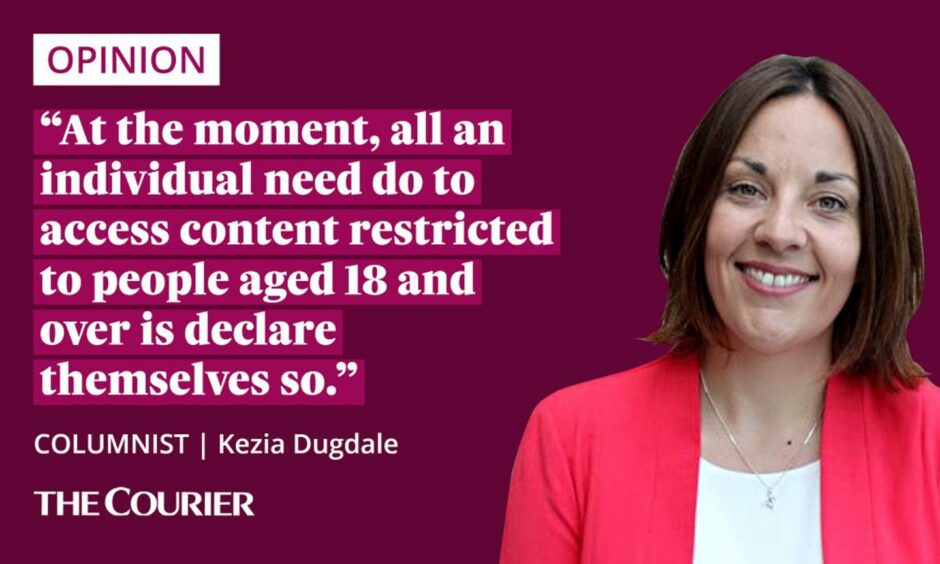
It was a time before the internet, let alone the era of smart phones, TikTok and that deep, latent worry that what your kids might be getting up to online is beyond your comprehension.
The results of an investigation into the harms young people face online were published this week.
The report makes for a shocking read.
And two key facts stood out.
First, half of all children surveyed had seen pornography by the time they were 13.
Secondly, nearly half the 16-21 year-olds surveyed told researchers they expected sex to involve some sort of form of physical aggression – and that girls enjoyed it.
We are in dark, disturbing territory here.
A world where attitudes towards what constitutes a healthy relationship, what you’re supposed to like (versus what you actually do), consent and power are all mixed up in a heady world of internet content with little or no regulation.
Online safety debate raises bigger questions
The timing of this report is important because it lands on the desks of politicians in the UK Parliament as they grapple with the proposed Online Safety Bill.
The intent of this legislation is to bring in greater regulation of online content so that it is even slightly more in line with the standards and expectations that the broadcast and the written press are expected to meet.
Yet the debate has forced a bigger conversation about the right to freedom of expression and where its boundaries might be.
Once those boundaries are met, whose responsibility is it to police them?
Social media companies? Internet search engines, broadband providers, teachers, mum or dad?
Most people agree that a far greater effort needs to be made to enforce age restrictions online.
At the moment, all an individual need do to access content restricted to people aged 18 and over is declare themselves so.
There’s no punishment or penalty and no means of checking.
I was excited a few weeks ago to hear of new software being developed that could be used to confirm the actual age of a person trying to access content online via their camera.
Until the researchers excitedly reported that it worked with a margin of error of around, err, 10 years. So it’s of little use here.
It also wouldn’t deter older brothers or mates being dragged over to get their faces scanned: the 21st century version of getting someone to buy your carry out for you.
Beefing up online safety is just part of the equation
The trouble here is we are far more concerned with trying to close down access and mitigate the problem than we are with addressing the root of it.
I was shocked by how violent sexual content is shaping young people's experiences, says England's Children's Commissioner.
Rachel De Souza says children are 'seeing this material too young and they are acting it out'.https://t.co/E0TxcjoXLI
📺 Sky 501 and YouTube pic.twitter.com/HqoTzeU7zu
— Sky News (@SkyNews) January 31, 2023
If young people increasingly get their news, views and much of their social development from online sources, what can be done in these spaces to promote healthy relationships, to discuss boundaries and consent?
To take on and defeat the likes of Andrew Tate and all that he stands for.
If we don’t take this side of the equation more seriously, the consequences don’t bear thinking about.
A whole generation of young women – and it is largely but not exclusively women who will be affected – set back by low self esteem and a skewed sense of what’s right and healthy.
A generation exposed to dangers and damaging experiences that will shape their lives for years and maybe forever.
My heart bleeds for them.
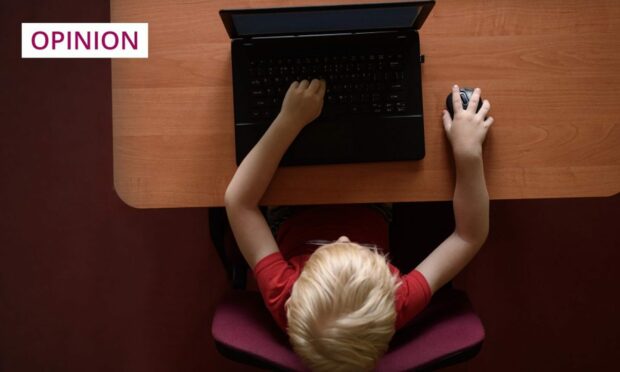
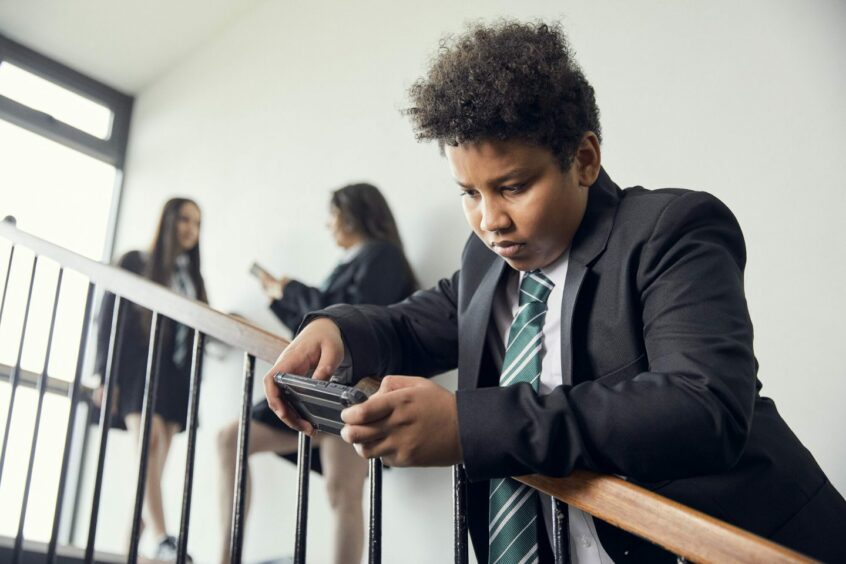
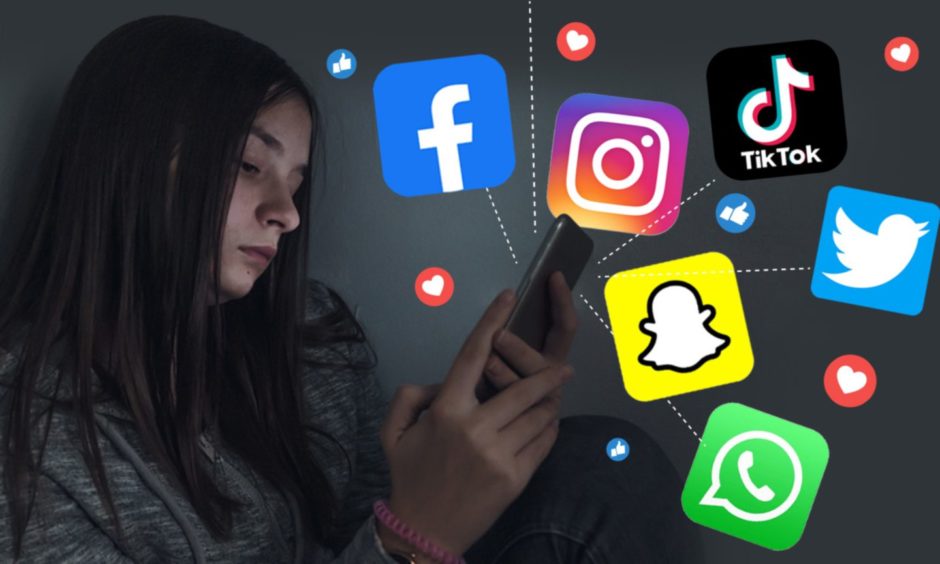
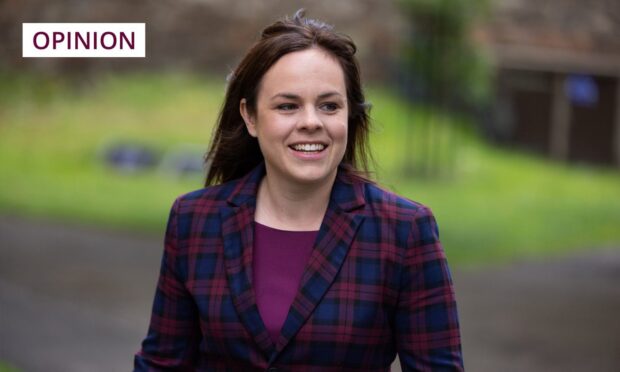
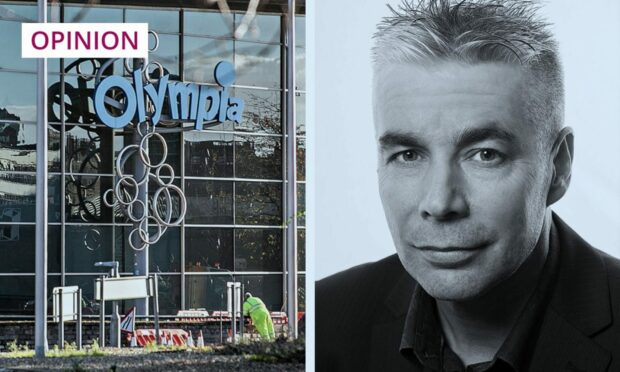
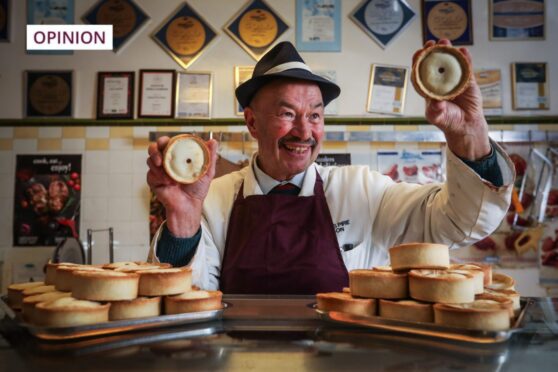

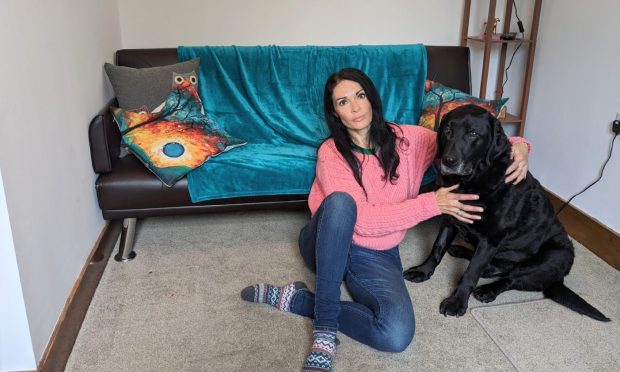
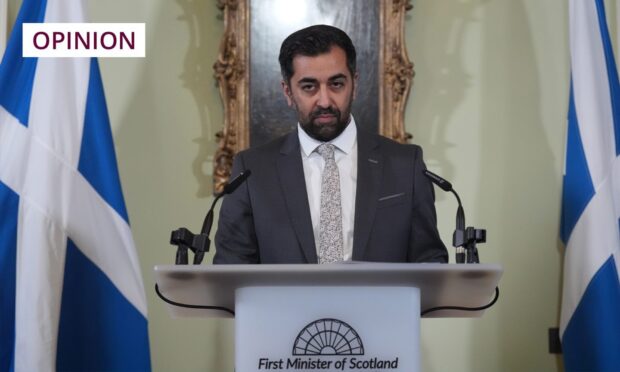
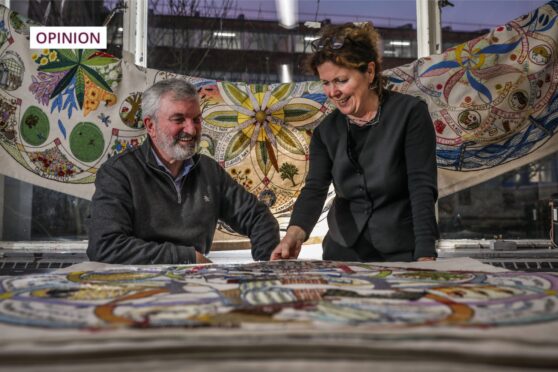

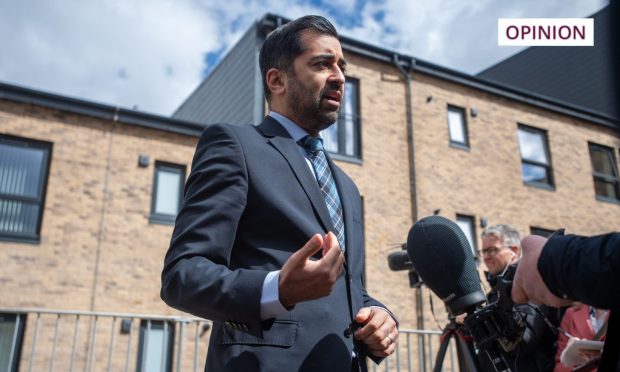
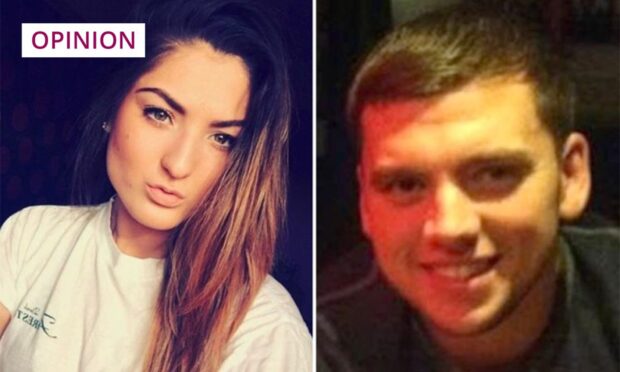
Conversation